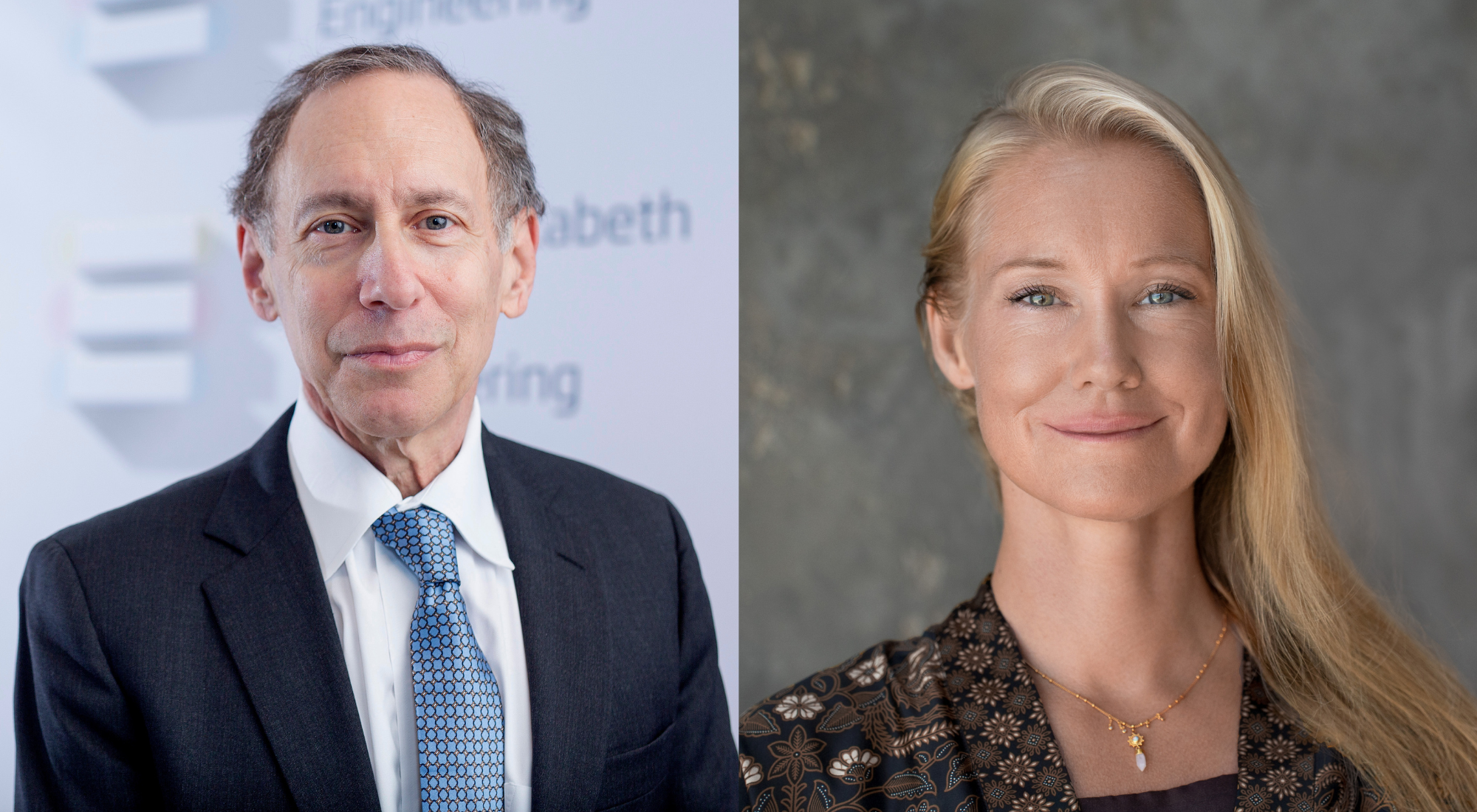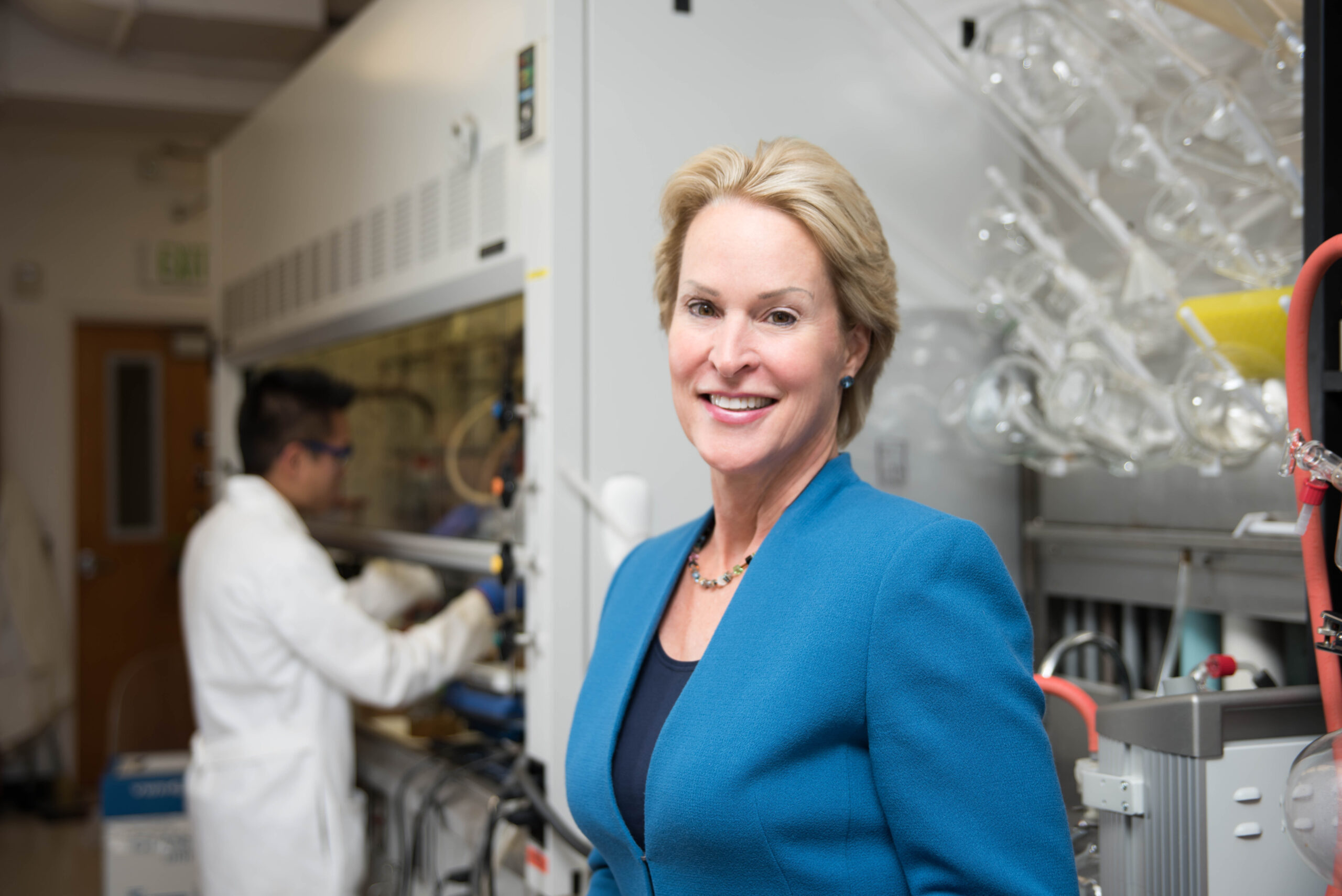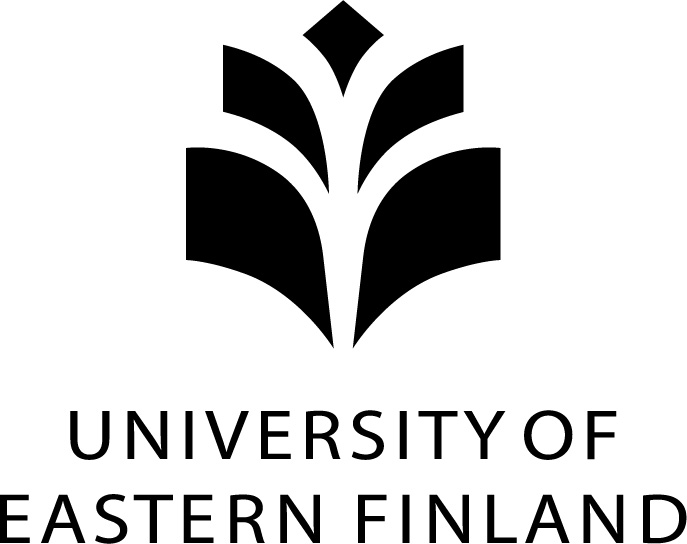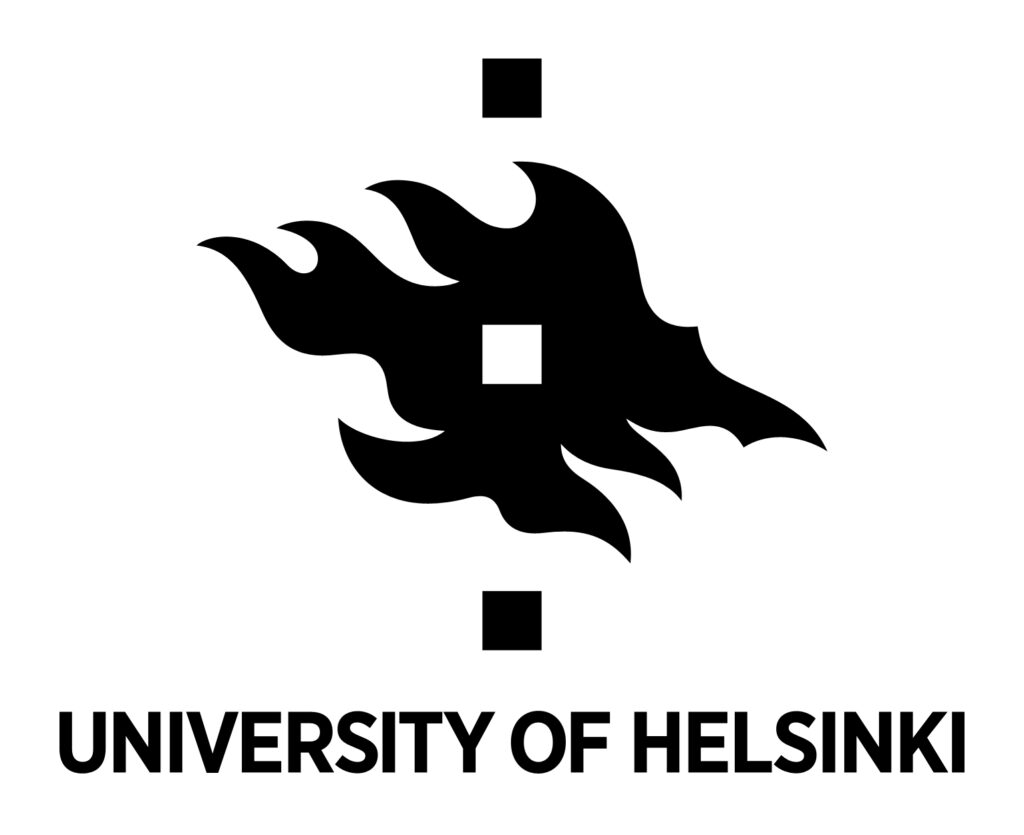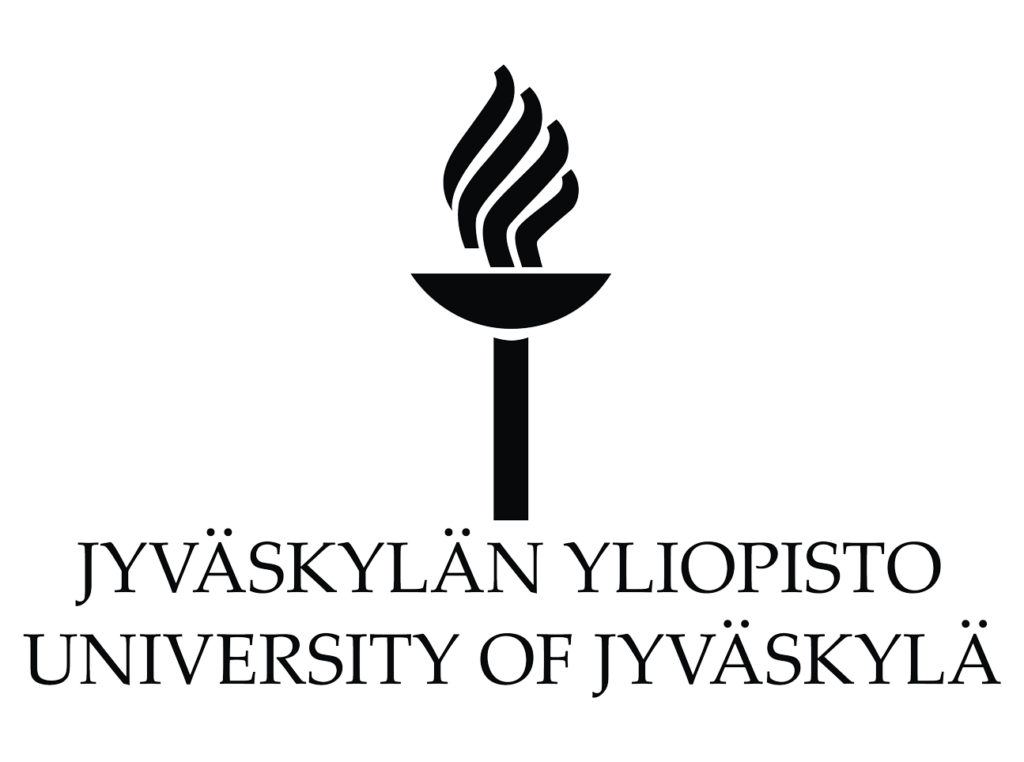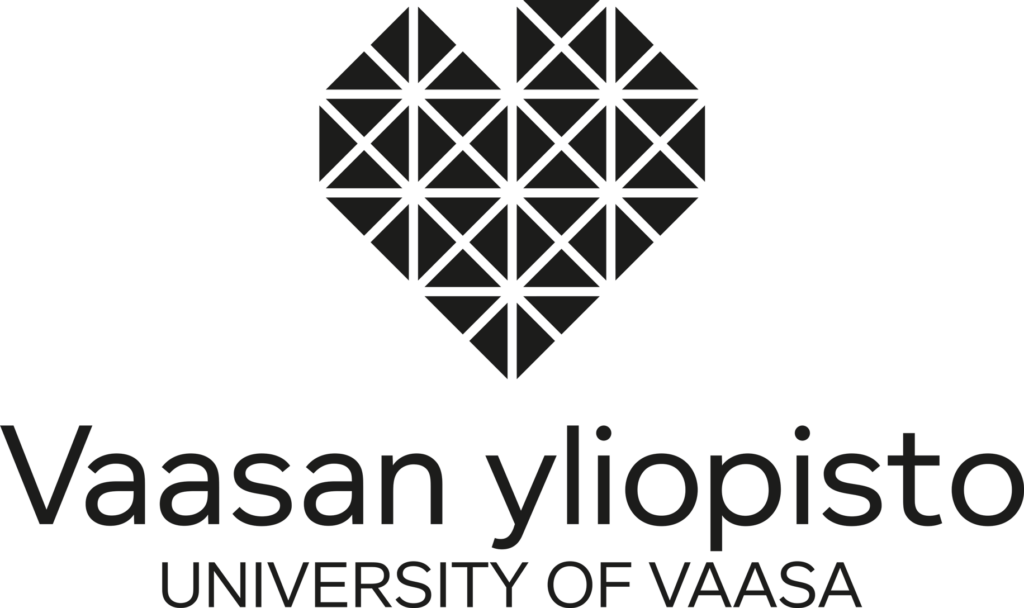DNA sequencing pioneers win the 2020 Millennium Technology Prize
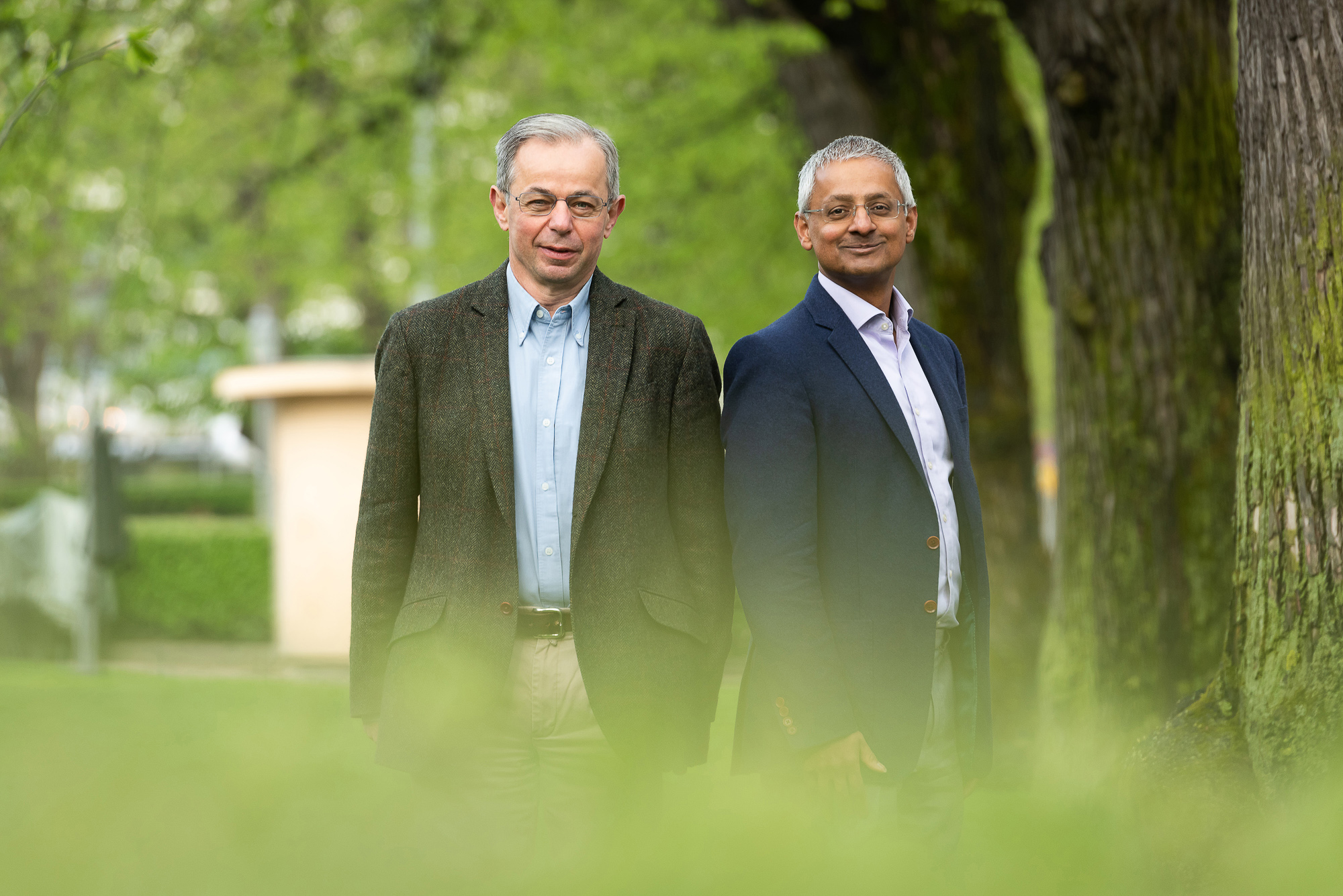
- British duo Professor Shankar Balasubramanian and Professor David Klenerman have been awarded the Millennium Technology Prize for their development of revolutionary DNA sequencing techniques.
- Their Next Generation Sequencing (NGS) technology means DNA can now be read in super-fast times.
- This means huge benefits to society, from helping the fight against killer diseases such as COVID-19 or cancer, to better understanding crop diseases and enhancing food production.
- President of the Republic of Finland Sauli Niinistö, Patron of the Prize presented the award in a virtual ceremony on 18 May 2021.
Cambridge University chemists Shankar Balasubramanian and David Klenerman have been announced as the winners of the 2020 Millennium Technology Prize, one of the world’s most prestigious science and technology prizes, awarded by Technology Academy Finland (TAF).
The global prize, awarded at two-year intervals since 2004 to highlight the extensive impact of science and innovation on the wellbeing of society, is worth €1 million. The announcement of the 2020 award was delayed due to the COVID-19 pandemic.
This is the first time we’ve received an international prize that recognises our contribution to developing the technology.
Professors Shankar Balasubramanian and David Klenerman
Professors Balasubramanian and Klenermanco-invented the Solexa-Illumina Next Generation DNA Sequencing (NGS), technology that has enhanced our basic understanding of life, converting biosciences into “big science” by enabling fast, accurate, low-cost and large-scale genome sequencing – the process of determining the complete DNA sequence of an organism’s make-up. They co-founded the company Solexa to develop the technology into a commercial system that was made broadly available to the world.
The technology has had – and continues to have – a huge transformative impact in the fields of genomics, medicine and biology. One measure of the scale of change is that it has allowed a million-fold improvement in speed and cost when compared to the first sequencing of the human genome. In 2000, sequencing of one human genome took over 10 years and cost more than a billion dollars. Today, the human genome can be sequenced in one day at a cost of $1,000 and more than a million human genomes are sequenced at scale each year, thanks to the technology co-invented by Professors Balasubramanian and Klenerman. This means we can understand diseases much better and much more quickly.
Helping the global fight against COVID-19
“The technology has played a key role in helping discover the coronavirus’s sequence, which in turn enabled the creation of the vaccines.”
Marja Makarow, Chair of Technology Academy Finland
Next generation sequencing provides an effective way to study and identify new coronavirus strains and other pathogens. With the emergence of the pandemic, the technology is now being used to track and explore the novel coronavirus viral mutations, which is a growing global concern. This work has helped the creation of multiple vaccines now being administered worldwide and is critical to the creation of new vaccines against new dangerous viral strains. The results will also be used to prevent future pandemics. The International Selection Committee – the body of experts that evaluates all nominations for the prize – made its decision in February 2020, before the global spread of the COVID-19 pandemic.
The technology is also allowing scientists and researchers to identify the underlying factors in individuals that contribute to their immune response to COVID-19. This information is essential to unravelling the reason behind why some people respond much worse to the virus than others. The results of these studies will be invaluable for understanding how to minimise the chances of people developing exaggerated inflammatory responses, which is now understood as being responsible for some of the symptoms of COVID-19.
Huge impact on wider healthcare and diagnostics
NGS technology has revolutionised global biological and biomedical research and has enabled the development of a broad range of related technologies, applications and innovations. Due to its efficiency, NGS is now being widely adopted in healthcare and diagnostics, such as cancer, rare diseases, infectious medicine, and sequencing-based non-invasive prenatal testing.
It is increasingly used to define the genetic risk genes for patients with a rare disease and is now used to define new drug targets for novel therapies for common disease in defined patient groups. NGS has also contributed to the creation of new and powerful biological therapies like antibodies and gene therapies.
In the field of cancer, NGS is becoming the standard analytical method for defining personalised therapeutic treatment. The technology has dramatically improved our understanding of the genetic basis of many cancers at a fundamental level and is now often used both for clinical tests for early detection and diagnostics both from tumours and patients’ blood samples.
Enormous future potential
In addition to medical applications, NGS has also had a major impact on all of biology as it allows the clear identification of thousands of organisms in almost any kind of sample. This is now critically important for Agriculture, Ecology and Biodiversity studies.
Academy Professor Päivi Törmä, Chair of the Millennium Technology Prize Selection Committee, said:
“The future potential of NGS is enormous and the exploitation of the technology is still in its infancy. The technology will be a crucial element in promoting sustainable development through personalisation of medicine, understanding and fighting killer diseases, and hence improving the quality of life. Professor Balasubramanian and Professor Klenerman are worthy winners of the prize.”
This is the first time that the prize has been awarded to more than one recipient for the same innovation, celebrating the significance of collaboration.
Professor Marja Makarow, Chair of Technology Academy Finland said:
“Collaboration is an essential part of ensuring positive change for the future. Next Generation Sequencing is the perfect example of what can be achieved through teamwork and individuals from different scientific backgrounds coming together to solve a problem.
“The technology pioneered by Professor Balasubramanian and Professor Klenerman has also played a key role in helping discover the coronavirus’s sequence, which in turn enabled the creation of the vaccines – itself a triumph for cross-border collaboration – and helped identify new variants of COVID-19.”
In a joint statement, Professor Shankar Balasubramanian and Professor David Klenerman said:
“We are delighted and honoured to be the tenth recipients of the Millennium Technology Prize. This is the first time we’ve received an international prize that recognises our contribution to developing the technology – but it’s not just for us, it’s for the whole team that played a key role in the development of the technology and for all those that have inspired us on our journey.”
Of the nine previous winners of the Millennium Technology Prize, three have subsequently gone on to win a Nobel Prize.
How it works
The NGS method involves fragmenting sample DNA into many small pieces that are immobilized on the surface of a chip and locally amplified. Each fragment is then decoded on the chip, base-by-base, using fluorescently coloured nucleotides added by an enzyme. By detecting the colour-coded nucleotides incorporated at each position on the chip with a fluorescence detector – and repeating this cycle hundreds of times – it is possible to determine the DNA sequence of each fragment.
The collected data is then analysed using sophisticated computer software to assemble the full DNA sequence from the sequence of all these fragments. The NGS method’s ability to sequence billions of fragments in a parallel fashion makes the technique fast, accurate and very cost-efficient. The invention of NGS was a completely revolutionary and novel approach to the understanding of the genetic code in all living organisms.

